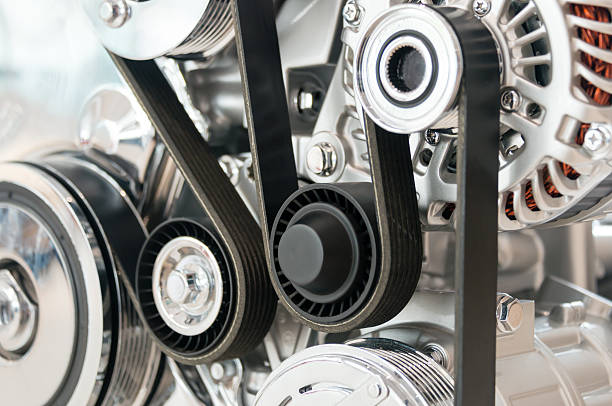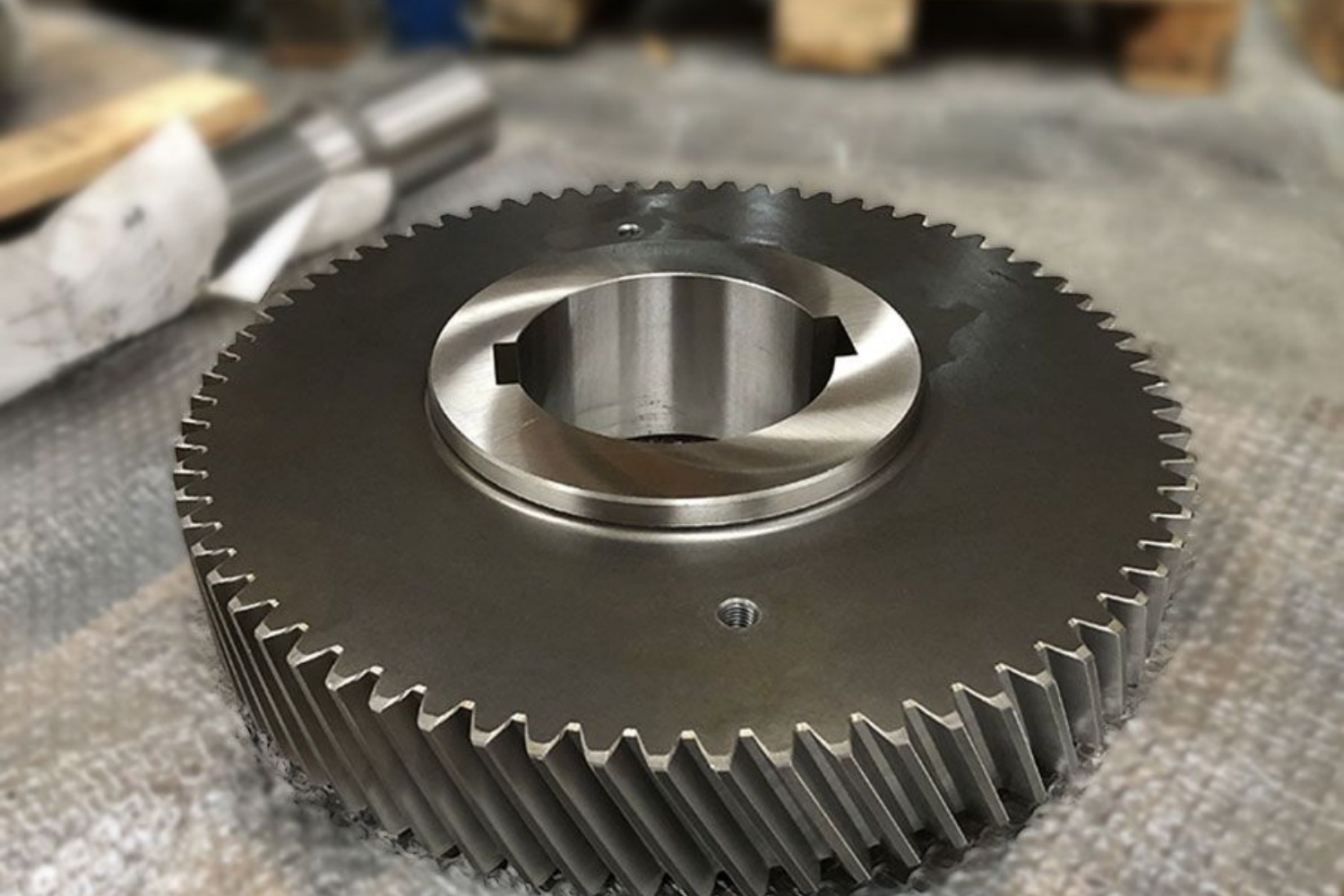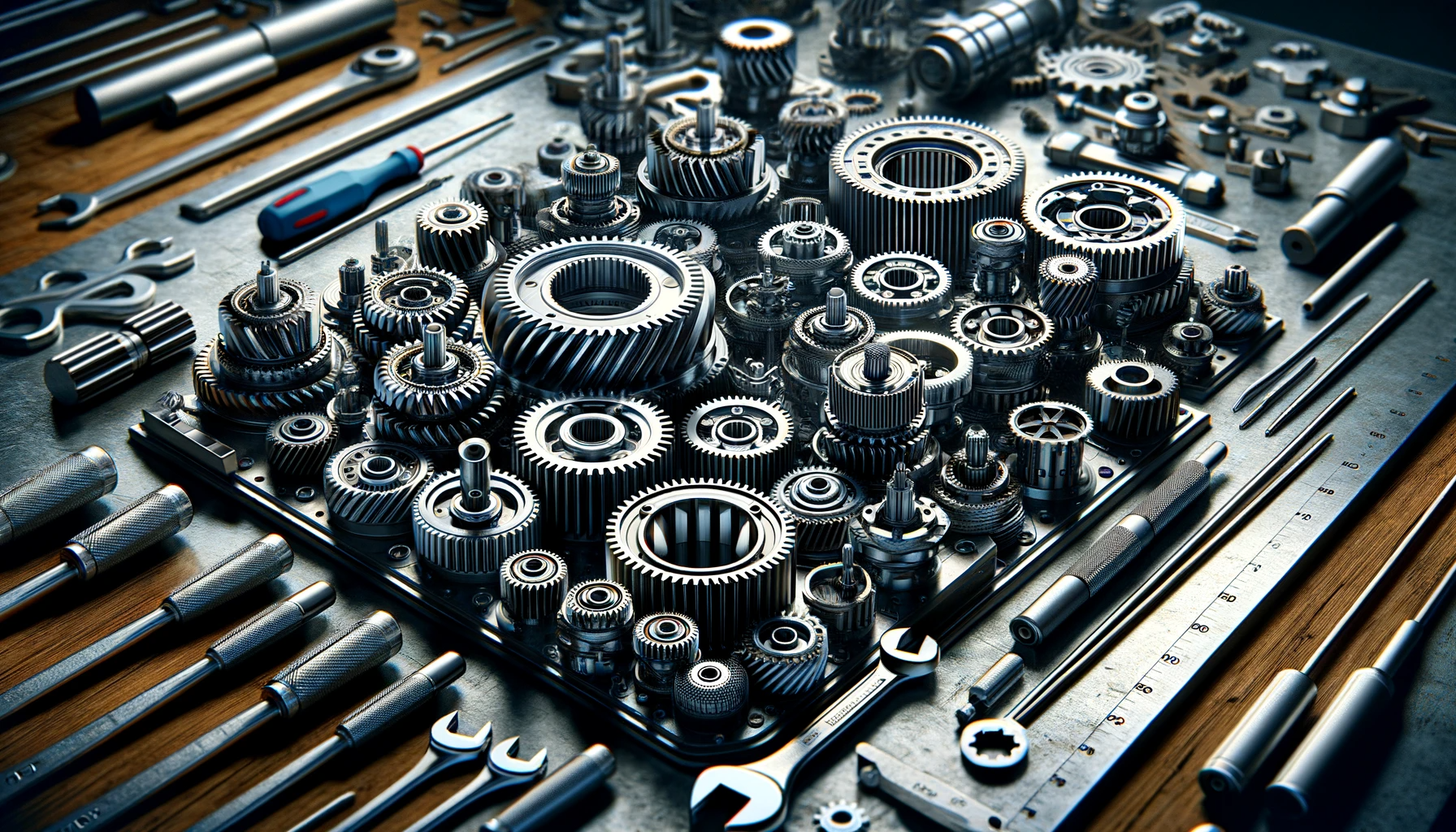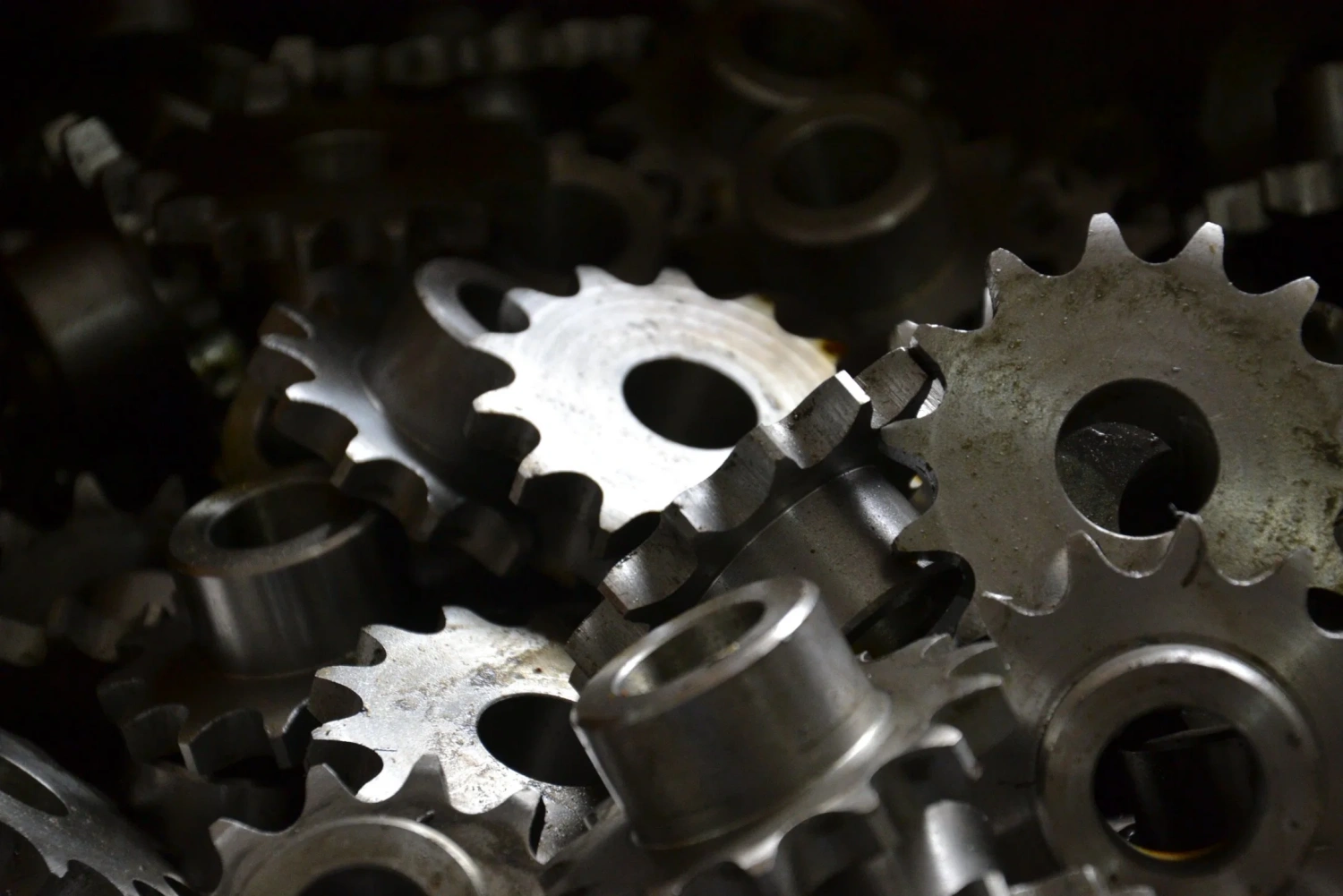A motor pulley is a component used in belt-driven systems that helps transmit power from an electric motor to a mechanical device or system. It is typically a wheel-shaped component with a grooved surface, which allows a belt to loop around it and transfer rotational energy to another pulley or machine. Motor pulleys come in a variety of sizes and materials, and they are essential for many types of equipment, including HVAC systems, pumps, and industrial machinery. Proper maintenance of the motor pulley is important to ensure optimal performance and extend its lifespan.
How to make motor pulley ?
Here are the general steps to make a motor pulley:
Determine the size and specifications of the motor pulley required for your application. This will depend on factors such as the size of the motor shaft, the type of belt to be used, and the speed and torque requirements.
Choose the material for the pulley. Common materials include cast iron, steel, aluminum, and plastic.
Use a lathe or CNC machine to cut and shape the raw material into the desired pulley shape. The pulley should have the correct number of grooves to match the belt and the correct diameter and width to provide the required belt contact and torque transmission.
If necessary, machine a keyway into the pulley to allow it to be securely fastened to the motor shaft.
Balance the pulley to ensure that it spins smoothly and does not cause vibrations or excessive wear on the motor or belt.
Finish the pulley by painting or coating it to protect it from corrosion and wear.
Note: It is important to ensure that the pulley is designed and manufactured to the appropriate specifications and standards to ensure safe and reliable operation. It is recommended to seek the assistance of a qualified professional or manufacturer when designing or making a motor pulley.
What is the maintenance method of motor pulley ?
Proper maintenance of motor pulleys can extend their lifespan and ensure their efficient operation. Here are some tips on how to maintain motor pulleys:
- Keep the pulleys clean: Regularly clean the pulleys to remove any buildup of dust, debris, or other contaminants. A clean pulley will operate more smoothly and reduce the risk of belt slippage.
- Lubricate the pulleys: Apply a suitable lubricant to the pulleys to reduce friction and wear. This is especially important for pulleys made of metal or plastic.
- Check the alignment: Ensure that the pulleys are properly aligned to prevent excessive wear and vibration. Misaligned pulleys can also cause belt slippage.
- Check the tension: Check the tension of the belts regularly and adjust as necessary to maintain the proper tension. Loose belts can cause slippage and premature wear of the pulleys.
- Replace damaged pulleys: If a pulley becomes damaged or worn, replace it promptly to avoid further damage to the pulley system or the motor.
Follow manufacturer’s recommendations: Always follow the manufacturer’s recommended maintenance procedures and intervals for the motor pulleys.
By following these tips, you can help ensure that your motor pulleys are operating at their best and prevent premature failure.
CONTINUE READING
Related Posts
In the intricate machinery of today’s industrial landscape, the silent heroes driving precision and reliability are industrial spur gears. Oris, […]
In the realm of machinery and industrial applications, achieving optimal performance often hinges on the precision and reliability of gears. […]
In the world of agriculture, the efficiency and reliability of machinery play a pivotal role in ensuring high productivity and […]





